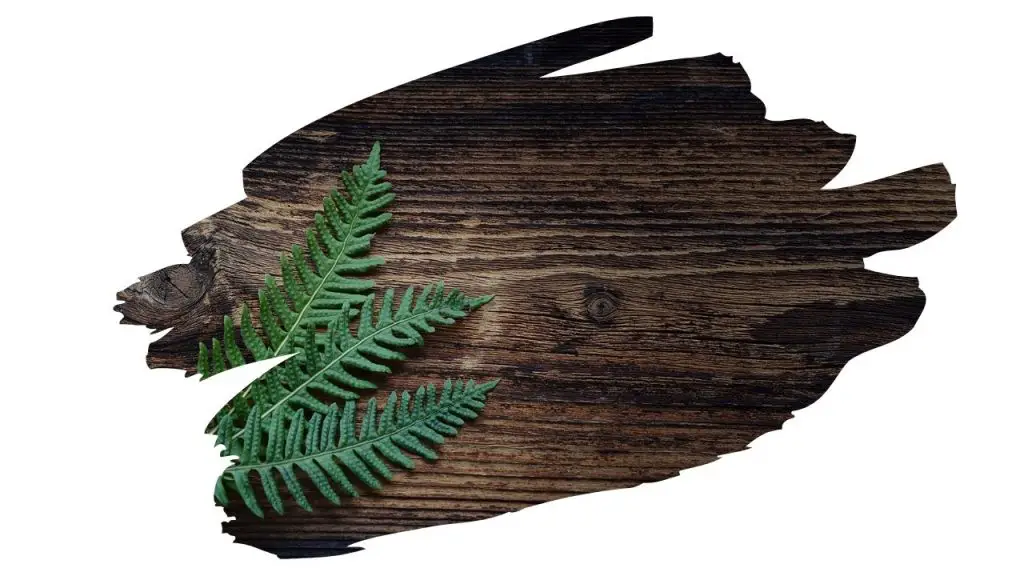Whether you’re prepping a wooden surface for paint, stain or finish, you need to sand it first. Not only does sanding smooth out any irregularities, but it also helps that top coat leave behind a nice satin finish.
But what happens when the exact opposite occurs, and that sandpaper leaves wood feeling fuzzy?
In other words, why is your fine grit paper leaving behind fuzzy wood after sanding?
The main reason why you have fuzzy wood after sanding is because of your sanding motion. If you run sandpaper back and forth over the surface of wood, the sandpaper grit pulls and rips the wood fibers apart. That’s because the back and forth motion causes wood grain to lift and tear.
However, when you sand only in one direction (making sure that ever sanding stroke only goes forwards or only goes backwards), then you minimize the chances of fuzzy tearing.
So, long story short, if you want to avoid fuzzy wood, then use a sanding motion that scrapes along the wood repeatedly in a single direction.
Now, that is the ideal solution in an ideal world. However, over here in real life, sanding in a singular direction isn’t always possible. For example, wood joints and wood carvings have edges and rounds that make single motion sanding difficult.
And if that is the case with your wood project, then keep reading. Why? Well, because when it comes to finishing a sanding job perfectly, we have a few tips you can use to make quick work of those tricky rough edges…

This post may contain affiliate links to products that we receive a commission for (at no additional cost to you). Learn more here.
First Off, Why Is My Wood Fuzzy After Sanding?
Fuzzy wood is what happens when you tear those fine wood fibers apart. It’s really that simple.
Now, usually using a fine grit sandpaper, (anywhere from 120 grit to 220 grit according to your needs), should be enough to prevent fuzzies from happening.
However, some wood types have fibers that are very susceptible to tearing. For example, Baltic Birch Wood is a type of lumber that you need to be careful with when sanding.
Which means that simply using fine grit sandpaper sometimes isn’t enough to avoid fuzzy wood.
So, How Do You Get Rid Of Wood Fuzzies?
You have three simple options here when it comes down to getting rid of all that fuzziness; 1) Keep Sanding, 2) Harden The Wood, and 3) Use Finer Grit.
Keep Sanding (In One Direction)
The first solution is the simplest one. Stop sanding in a back and forth motion (or a circular motion if you are sanding a round carving).
Instead, stick to a single directional swipe, making sure that every scrape is forwards or backwards.
Now, its no secret that this isn’t the best choice on offer. But, if you are working with a level piece of planed wood, it’s your fastest option.
Harden The Wood
This second solution involves coating that wooden surface with a thin layer of clear finish, such as varnish, lacquer or shellac.
Once that clear finish dries and cures into a hard resin, you can get back to sanding that surface down smooth.
One caveat to this possible solution is that you need to be careful not to sand all the way back down to bare wood. Otherwise, you’ll only end up having to deal with that fuzzy wood issue all over again.
Use Finer Grit
This third solution is straight forward. If you’ve been using a low grit sandpaper all along, then you need to switch things up a gear.
If you aren’t already sanding with 120 grit, 150 grit, or even 220 grit sandpaper, then its high time you switch over to using a finer grit.
Anything less than 120 grit is going to be too course and rough. And sandpaper at very low levels (such as 40 grit and 80 grit) is meant for removing deep dents and imperfections. They are not meant for smoothing things out.
So, To Sum Thing Up…
Before finishing wood, it’s important to give it a thorough sanding to make sure there are no rough spots or chips. This will make it easier for you to apply smooth, even coats of finish.
However, when you run sandpaper back and forth (in every direction), then the chances of producing fuzzy wood are greatly increased since wood fibers can get torn up in the process.
So, instead of sanding back and forth, try sanding in only one direction. This will help to minimize fuzzy tearing in the future.

